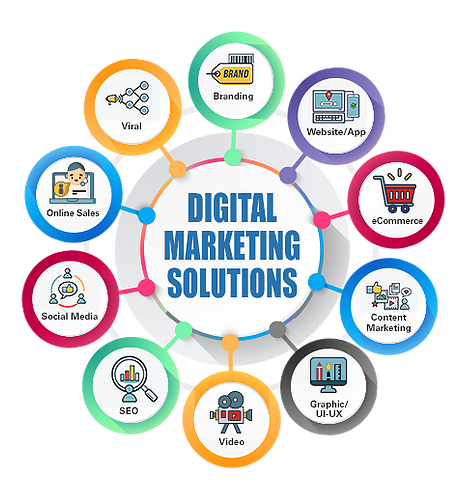Software Engineering
Digital Marketing
Paulo Santos
Email paulo@sopaulo.com
WhatsApp 00251915740161
Week 1
Lesson Plan: Introduction to Digital Marketing
Objective: Introduce the fundamental concepts of digital marketing, focusing on the evolution of marketing strategies from 2005 to 2013, highlighting the impact of smartphones, and exploring the 4 Ps of Marketing.
Lesson Structure
- Introduction to Digital Marketing (20 minutes)
- Overview of digital marketing’s significance and evolution.
- Discuss the 2005-2013 era as a pivotal period due to the smartphone revolution.
- Understanding the 4 Ps of Marketing (30 minutes)
- Detailed explanation of the Marketing Mix: Product, Placement, Promotion, and Price.
- Interactive discussion on how each component has been influenced by digital technology.
- Promotion in the Digital Age (30 minutes)
- Contrast traditional promotional methods (like TV ads) with digital approaches.
- Focus on the cost-effectiveness and broader reach of digital marketing.
- Discuss the concept of Brand Equity with examples like Coca-Cola.
- Product Strategy and Customer Interaction (30 minutes)
- Explore the idea of Customer Co-Creation and the Sharing Economy.
- Discuss how digital platforms have enabled more interactive product development.
- Evolution of Advertising (30 minutes)
- Analyze the shift from traditional to digital advertising, using Coca-Cola’s advertising budget as a case study.
- Discuss the decline of print advertising revenue from 2000 to today, emphasizing the shift to digital.
- The Zero Moment of Truth (ZMOT) (30 minutes)
- Explain the concept of ZMOT and its importance in the digital era.
- Discuss how smartphones and instant access to information have transformed consumer behavior.
- Review Procter and Gamble’s 3-step marketing model and Google’s addition of ZMOT in 2011.
- Consumer Consideration and Engagement (30 minutes)
- Break down the steps of consumer engagement: Initial Consideration, Product Evaluation, Moment of Purchase, and Post-Purchase Experience.
- Highlight the importance of post-purchase engagement in building brand loyalty.
- Case Study: Hyundai’s marketing campaign and its impact on consumer consideration.
- Q&A and Interactive Discussion (30 minutes)
- Open the floor for students to ask questions and share their thoughts on the evolution of digital marketing.
Additional Activities
- Homework Assignment: Research a successful digital marketing campaign and analyze its use of the 4 Ps.
- Group Project: In teams, develop a digital marketing strategy for a hypothetical product, incorporating ZMOT and consumer engagement tactics.
Conclusion
Emphasize the dynamic nature of digital marketing and the need for marketers to continuously adapt to new technologies and consumer behaviors. Encourage students to think creatively about how digital tools can be used to enhance traditional marketing models.
